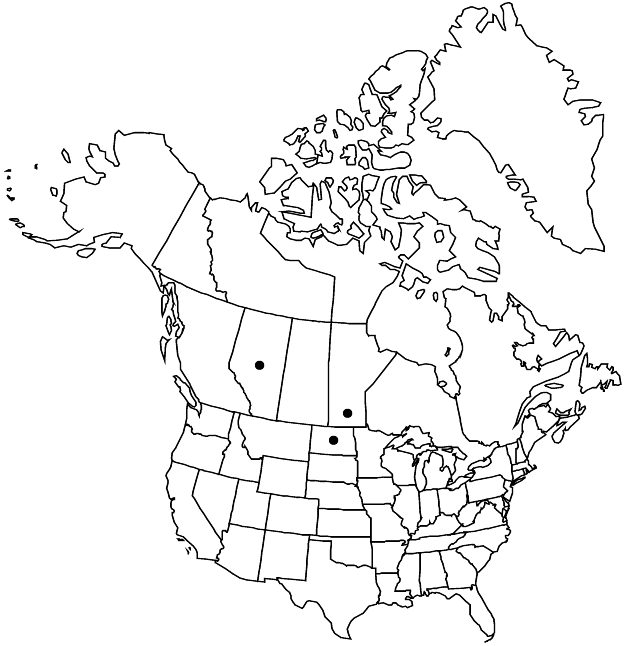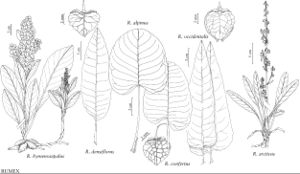Rumex confertus
Enum. Pl., 397. 1809.
Plants perennial, glabrous or weakly papillose-pubescent especially when young, with fusiform, vertical to oblique rootstock or short rhizomes. Stems erect, branched above middle, 50–100(–130) cm. Leaves: ocrea mostly deciduous or rarely partially persistent at maturity; blade ovate-triangular, broadly ovate, or ovate-elliptic, 20–30 × 15–25 cm, base deeply and broadly cordate, margins entire to obscurely repand, usually slightly crisped or undulate, apex obtuse to subacute. Inflorescences terminal, occupying distal 1/2 of stem (branches often slightly arcuate at base), rather dense, widely paniculate. Pedicels articulated in proximal 1/3, filiform, 4–10 mm, articulation distinctly swollen. Flowers 15–30 in whorls; inner tepals orbiculate-reniform or broadly scutate, 6–9 × 6–11 mm, as long as wide or nearly so, base cordate to subcordate, margins entire or subentire, occasionally irregularly erose near base, apex abruptly acute to acute; tubercles usually 1, small, 1–2 mm, normally less than 2 times as wide as inner tepals, rarely absent or indistinct. Achenes reddish brown, 3–3.5 × 1.7–2.5 mm. 2n =40.
Phenology: Flowering late spring–summer.
Habitat: Roadsides, waste places, meadows, river valleys
Elevation: 300-700 m
Distribution

Introduced; Alta., Man., N.Dak., e, ec Europe, w Asia (the Caucasus, Siberia), introduced elsewhere.
Discussion
Rumex confertus was placed in subsect. Conferti Rechinger f. This species is common and ecologically successful in central and eastern Europe; it may be expected elsewhere in temperate regions of North America.
Selected References
None.
